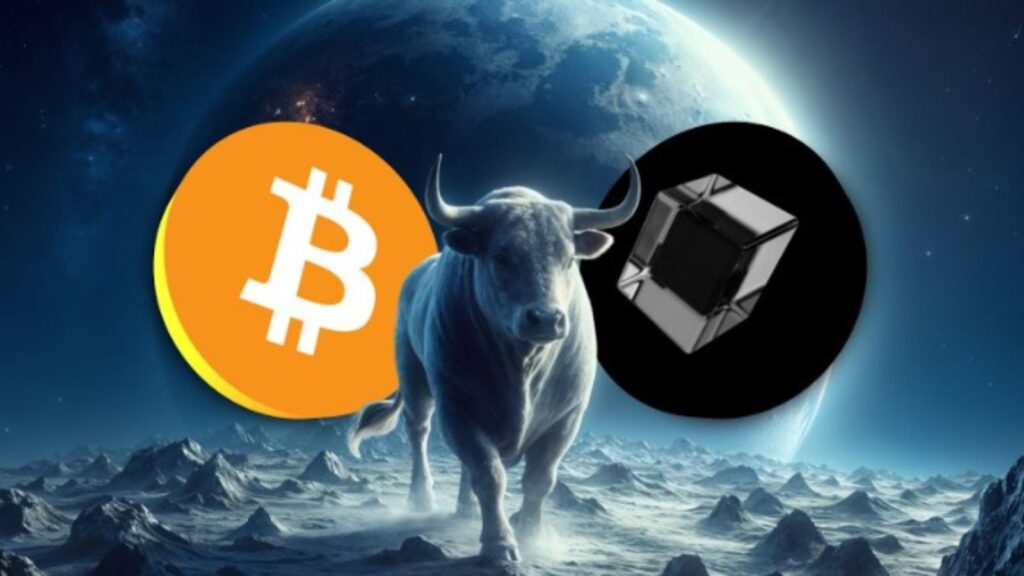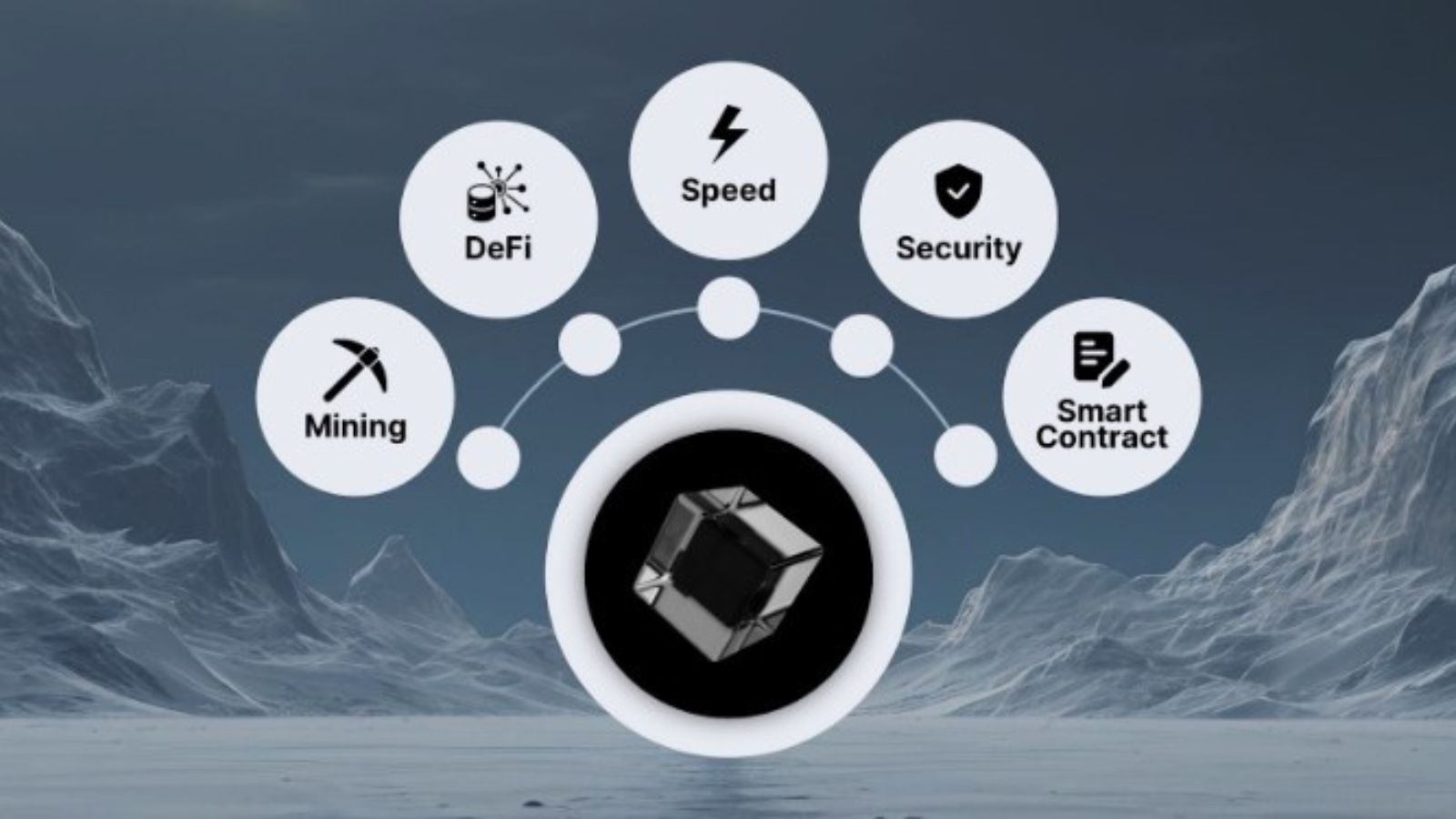
The BlockDAG presale has shown the power of the project’s crypto mining plan.
The BlockDAG crypto calculator has helped the project solidify its position as the leading crypto mining competitor to Bitcoin. Unlike previous mining models, BlockDAG has focused on accessibility, and the calculator allows users to calculate the exact amount of returns they can expect in return for the mining power they contribute to the network.
Bitcoin pioneered mining, but the model has since been damaged by centralization and hardware requirements like ASICs. This has created a barrier to entry for individual miners, leading to a concentration of mining power in the hands of large corporations.
Another issue in the market is that many Layer-1s like Ethereum cannot keep up with demand, resulting in slow transaction speeds and high costs. This scalability problem hinders the widespread adoption of blockchain technology and limits its potential for real-world applications.
The BlockDAG presale has hit $200 million because it provides solutions to these two issues facing the crypto industry. By offering an accessible mining model and a highly scalable Layer-1 network, BlockDAG is attracting investors and users who are looking for a more efficient and decentralized blockchain experience.
BlockDAG Presale Hits $200 Million Even as Market Crashes
The crypto market has been on a bumpy ride in 2025. At the start of the year, a massive rally pushed Bitcoin to an all-time high of $109,000, while several altcoins, including SUI, SOL, and XRP, rallied to multi-year highs. However, just as the bulls were getting comfortable, a sudden downturn in the market gave the bears a new breath of life.
Many presales and new projects have been damaged by the flash crash. This is likely due to a combination of factors, including decreased investor confidence, a shift towards safer assets, and the tendency for speculative projects to be more vulnerable to market volatility.
However, the BlockDAG presale has not been phased by the crash and has continued to hit new milestones and increase its raised amount. This resilience in the face of market adversity is a testament to the project’s strong fundamentals and the confidence investors have in its long-term plan.
The BlockDAG presale recently exceeded $200 million, marking a major milestone for what is arguably the most successful presale of this bull market. This achievement highlights the project’s ability to attract significant investment even during turbulent market conditions.
Arguably, the BlockDAG presale has been able to handle market crashes due to its solid fundamentals and long-term objectives. Investors are drawn to the project’s technology, its focus on accessibility and decentralization, and its clear roadmap for future development.
BlockDAG offers a comprehensive layer-1 ecosystem.
BlockDAG’s Layer-1: A Potential Game Changer
Raising $200 million is a major achievement. It also means that the pressure is firmly on the BlockDAG team to deliver. As such a big sum of capital is in question, there’s a lot of expectation, and several features pushed by the team suggest that they have the capacity to live up to the hype.
BlockDAG is a Layer-1 blockchain that combines the benefits of traditional blockchain technology with Directed Acyclic Graphs (DAGs). This hybrid approach allows for parallel transaction processing, resulting in faster confirmation times, higher throughput, and lower fees. This makes it a highly efficient and scalable platform.
BlockDAG’s consensus mechanism offers advantages over Proof-of-Work and standard Proof-of-Stake. Its design minimizes energy consumption and reduces the risk of centralization, addressing some of the key limitations of existing consensus models.
The mining setup is designed to be more accessible and equitable than Bitcoin’s. It allows for mining on a variety of devices, reducing the need for expensive specialized hardware and enabling smaller-scale miners to participate.
All these features, combined with smart contract compatibility, could make BlockDAG the go-to Layer-1 for deploying dApps and tokens. Its speed, security, and scalability make it a compelling platform for developers looking to build and deploy decentralized applications.



